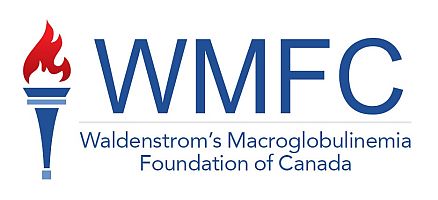Bruton’s tyrosine kinase (BTK) inhibitors and BTK Degraders are two different approaches to targeting BTK, a key enzyme in the B-cell receptor signaling pathway, which is crucial for the survival and proliferation of B-cells. Both strategies are used in the treatment of B-cell malignancies and autoimmune diseases, but they operate through distinct mechanisms.
BTK Inhibitors
- Mechanism of Action: Inhibition. BTK inhibitors are small molecules that bind to the active site of BTK, preventing its phosphorylation (a biological reaction in which phosphate is added to an organic molecule) and subsequent activation. This inhibits downstream signaling pathways that are essential for B-cell proliferation and survival.
- Examples:
Ibrutinib: First-generation BTK inhibitor, approved for various B-cell malignancies like chronic lymphocytic leukemia (CLL), mantle cell lymphoma (MCL), and Waldenström’s Macroglobulinemia (WM).
Acalabrutinib and Zanubrutinib: Second-generation BTK inhibitors designed to be more selective and potentially reduce off-target effects compared to Ibrutinib.
Pirtobrutinib: A next-generation inhibitor that binds non-covalently (reversibly) to BTK, meaning it can dissociate from the active site, allowing BTK to regain function once the inhibitor concentration drops. Pirtobrutinib is just coming out of its trial stages and gaining some official approvals at this writing (Feb. 2025).
- Advantages:
Proven Efficacy: BTK inhibitors have shown significant clinical benefits in multiple different B-cell malignancies.
Oral Administration: Typically administered orally, making them convenient for patients.
- Limitations:
Resistance: Over time, patients may develop resistance to BTK inhibitors, often because of mutations in BTK (e.g., C481S) that reduce drug binding.
Off-target Effects: Some BTK inhibitors can inhibit other kinases, leading to side effects like atrial fibrillation, bleeding, and hypertension
BTK Degraders
- Mechanism of Action: Degradation. BTK degraders are typically bifunctional (two active ends) molecules that recruit BTK to an E3 ubiquitin ligase (key regulatory protein for the integration and synchronization of different protein networks and signaling pathways), leading to ubiquitination and subsequent proteasomal (protein complex in cells that breaks down proteins that have been tagged by ubiquitin) degradation of BTK. This results in a more complete and sustained reduction of BTK levels compared to inhibition.
- Irreversible Effect: Degradation is generally irreversible, and new BTK protein must be synthesized to restore function.
- Examples: NX-2127 and NX-5948: Experimental BTK degraders currently (as of Feb. 2025) in clinical trials for B-cell malignancies.
- Advantages:
Overcoming Resistance: BTK degraders can potentially overcome resistance mechanisms seen with BTK inhibitors such as the C481S mutation because they do not rely on binding to the active site.
Sustained Effect: By degrading the protein, the effect is more prolonged, potentially leading to deeper and more durable responses.
- Limitations:
Early Stage: BTK degraders are still (as of Feb. 2025) in the early stages of clinical development, and their long-term efficacy and safety profiles are not yet fully understood.
Complex Mechanism: The process of targeted protein degradation is more complex than simple inhibition, which could lead to off-target effects or challenges in drug design.
Treatment Implications
BTK inhibitors are well-established inhibitors with proven efficacy but potential for resistance and off-target effects. BTK degraders present an emerging approach with the potential to overcome resistance and provide more sustained inhibition, but they are in early stages of development. Both strategies offer their own advantages and challenges, and the choice between them may depend on the specific clinical context, including the presence of resistance mutations and the patient’s overall condition.
